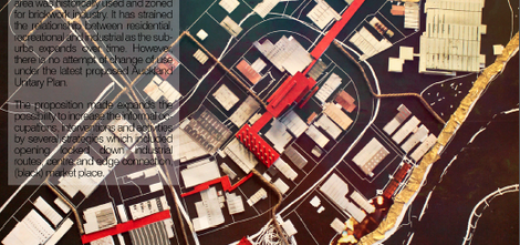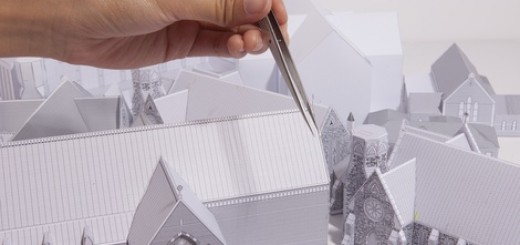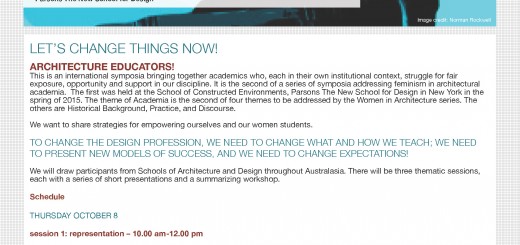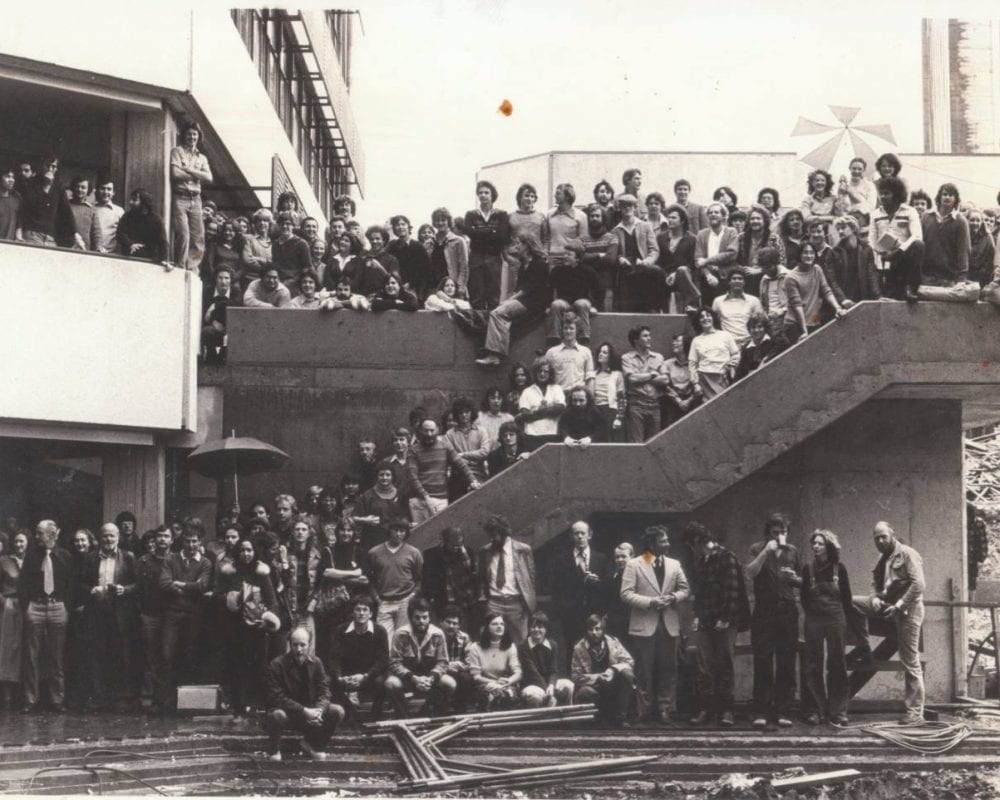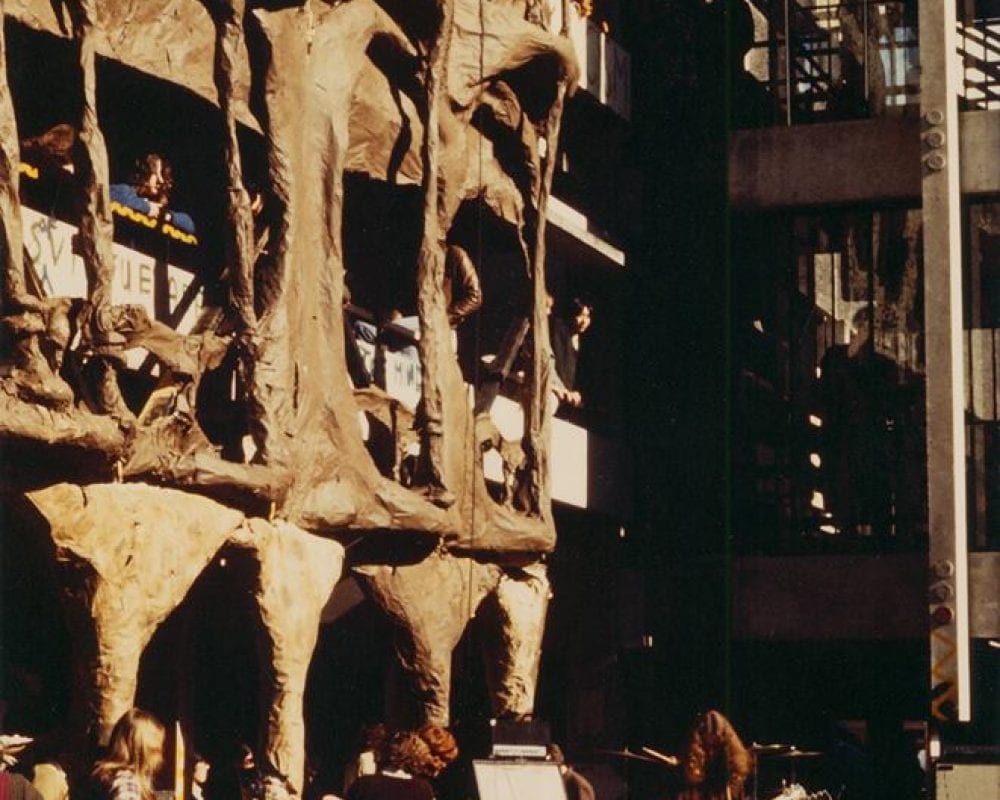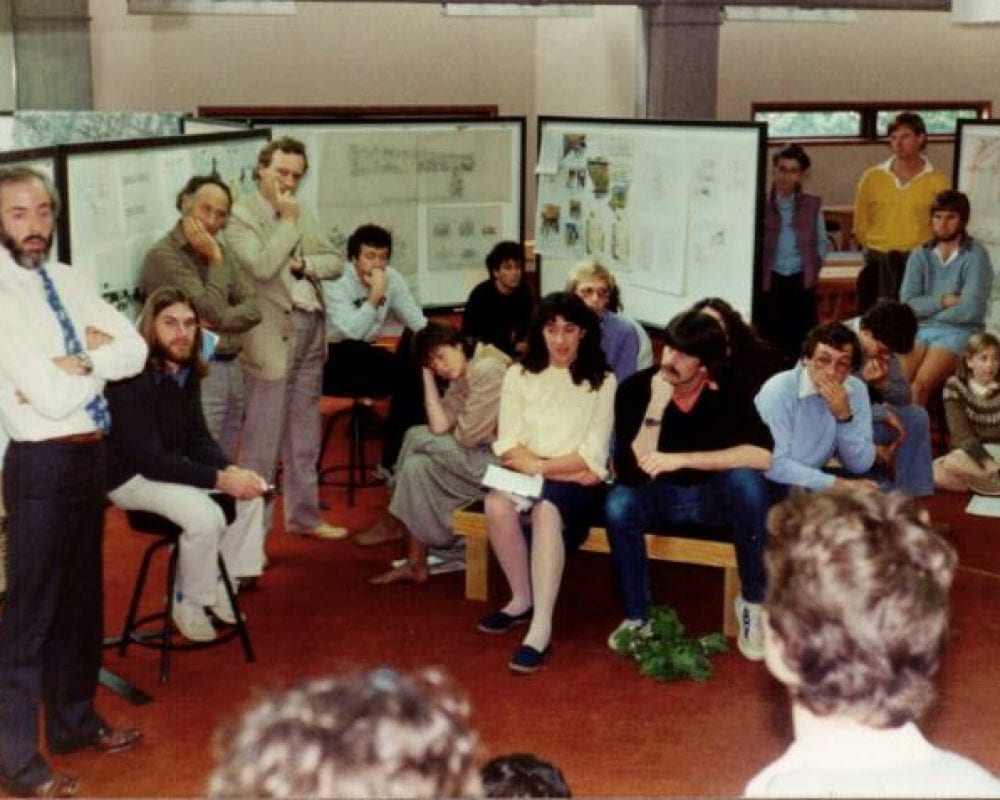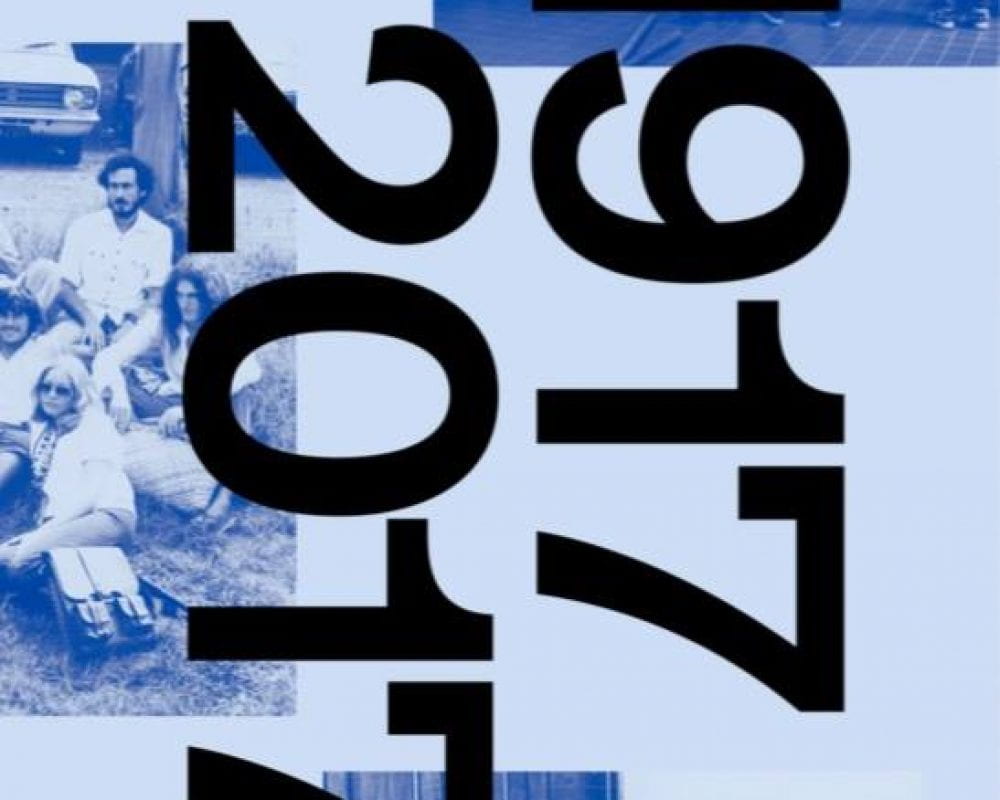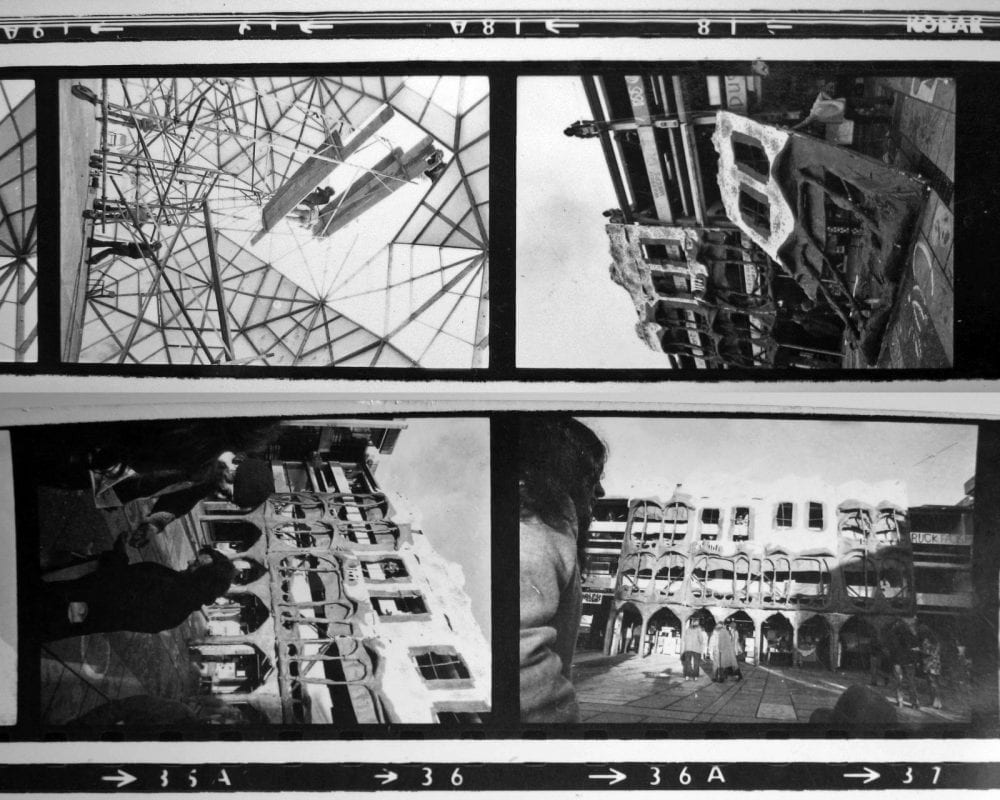7th International Conference of the Association of Architecture Schools of Australasia
7th International Conference of the
Association of Architecture Schools
of Australasia
3-5 October 2013
Monash University, RMIT University and University of Melbourne
Melbourne, Australia
“While the architectural field has changed more in the last 30 years than in the previous 3,000 thanks to the rapid acceleration of globalization and the convulsions of the market economy architectural education has mostly failed to keep pace.” – AMO
The design studio remains the central pillar of architectural education and the forum for synthesizing diverse forms of knowledge. It serves as the primary vehicle for developing both core skills and critical thinking for shaping the built environment. Maintaining the vestiges of the professional master apprentice model, the design studio continues to be a device for disciplining and for acculturating. However, despite radical transformations over the past few centuries, the cultures of the Beaux-Arts and Bauhaus still pervade implementation of design studios. There are some emerging variations – live studios, research studios, travel studios, interdisciplinary studios, etc. – and broadening approaches, but there is generally limited diversity in studio delivery across institutions. Does the current supply of design studios adequately meet the challenging demands of contemporary conditions? This conference will bring together academics and practitioners to speculate on the future of the design studio as a pivotal platform for architectural education and production, and to consider modifications required in response to the changing demands of society, pedagogy, research and practice.
The Architects Accreditation Council of Australia recognises the basic education of an architect as a combination of academic training and professional training. Despite tensions between these training regimes, examining and speculating on future design studio practice requires input from diverse academic and professional perspectives in order to broadly consider the continuum from design studio pedagogies to office studio practices. Moreover, diverse input will also contribute to projecting design studio possibilities to prepare future practitioners to negotiate and shape our increasingly complex built environments.
The conference will be structured around three broad themes:
1. Provocative Studio Pedagogies
How will we teach the design studios of tomorrow? What provocative lessons can be extracted from past and current studio pedagogies to prepare us for the future? Recognizing the needs of different year levels, how should we continue to reform and reformulate delivery of design studios, from introduction through to graduation projects?
2. Studio nexus, design < > research
The Venturi & Scott-Brown Learning from Las Vegas studio inspired the more recent proliferation of “research studios,” which continue to evolve in scope and prevalence.
What are useful methods of research studios and what is their value? Beyond the genre of research studios, how can design studios provide a productive nexus of teaching and research? What are the potentials and pitfalls of industry partnering for collaborative investigations? How can studio based design research expand from esoteric academic explorations to make broader contributions? What are appropriate media for disseminating resulting outcomes and findings?
3. The Future of Practice
Practices of architecture and urbanism are forced to continually evolve in response to a range of changes and pressures. Architects operate in dynamic social, cultural and economic environments, and must negotiate continual technological advances, across material, construction and communication systems. Travel, actual and virtual, collapses distances and offers a world of potential opportunities. Increasingly, architects pursue projects both locally and globally requiring re-orientation to different markets and contexts. The academy typically trains generalists who face both increasing specialisation and multidisciplinary collaborations in practice. Moreover, the design studio typically simulates an environment more akin to the Modern and Pre Modern world in which the architect was the visionary at the centre of the design process. Yet today the role of the architect in the design process is becoming increasingly marginalized. How can the design studio provide a platform for preparing future practitioners?
To address these important issues the conference seeks participation from a broad range of built environment academics and professionals. The conference desires academic papers, practice-based submissions, design research projects and also papers focused on design studio education. We welcome submissions from both academics and practitioners involved in teaching. Purely descriptive papers are discouraged. Propositional and speculative papers are encouraged to provoke lively discussions about the design studio foundations of contemporary architectural education and the future of design studios.
image courtesy of steinbrener/dempf



